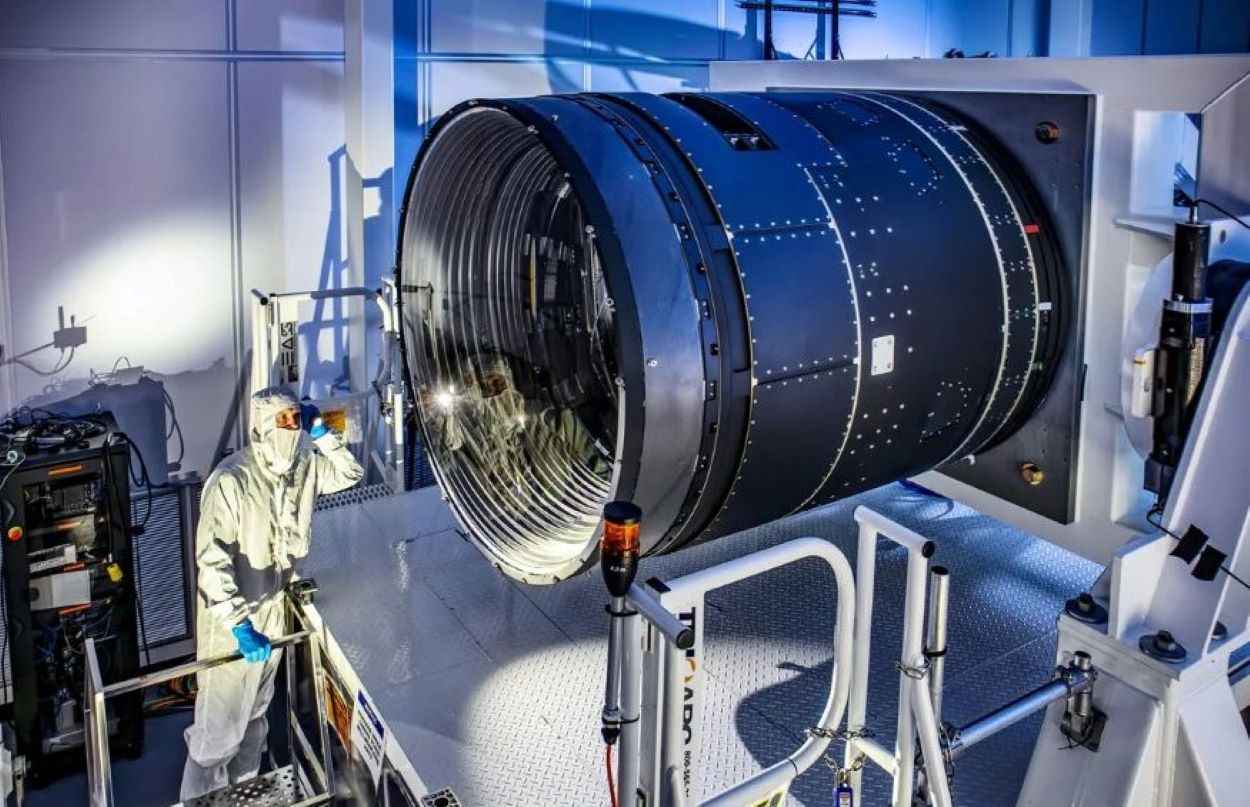The largest optical astronomy digital camera is ready for installation in northern Chile. With over 3.2 gigapixels and nearly three tons, it aims for a decade-long exploration.
Components for the Vera C. Rubin Observatory, including the camera and telescope, have reached Cerro Pachón’s summit in the Coquimbo region. This location, near the Atacama desert, is about 565 kilometers north of Santiago.
Stuartt Corder, chief science officer at the AURA association and deputy director at NOIRLab, stated, “All operational necessities are now summit-ready for upcoming installation.”
The observatory comprises an eight-meter telescope, the camera, and an automated data system. It’s expected to produce 20 terabytes of data nightly, resulting in a 15-petabyte catalog over ten years.
The project’s goals include studying dark energy, dark matter, asteroid threats, and nearby celestial bodies. “We’re beginning a ten-year journey to explore universal origins and future evolution,” Corder remarked.
Findings may align with current knowledge but aim to refine our cosmic understanding.
AURA, a consortium of 47 U.S. and three international institutions, manages various observatories for the National Science Foundation and NASA.
Chile’s Atacama Desert, the driest on earth, is chosen for its clear skies, attracting significant global astronomy investments.






